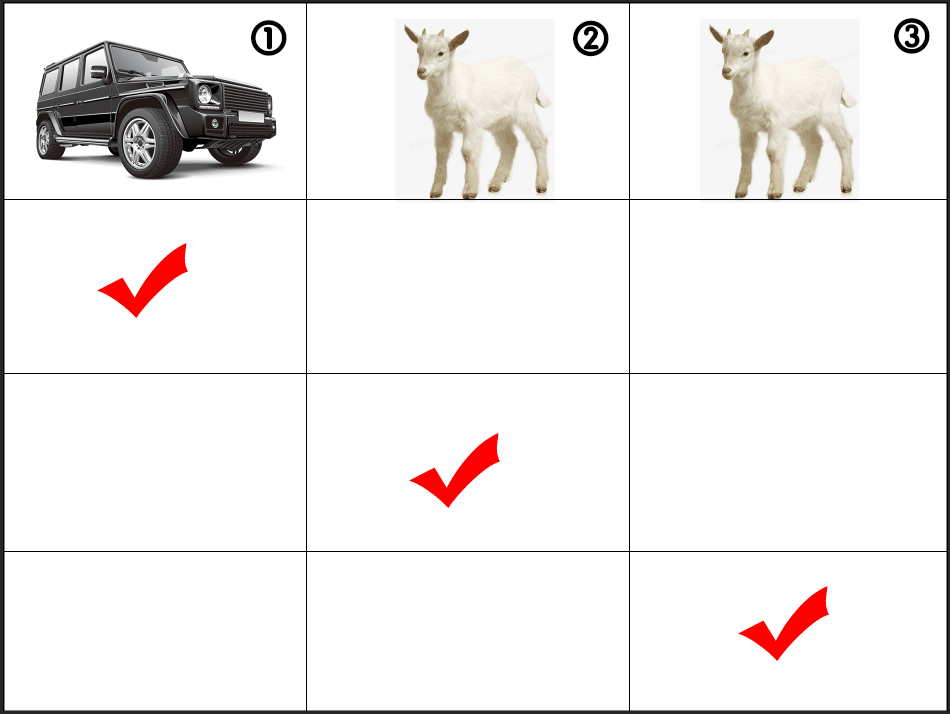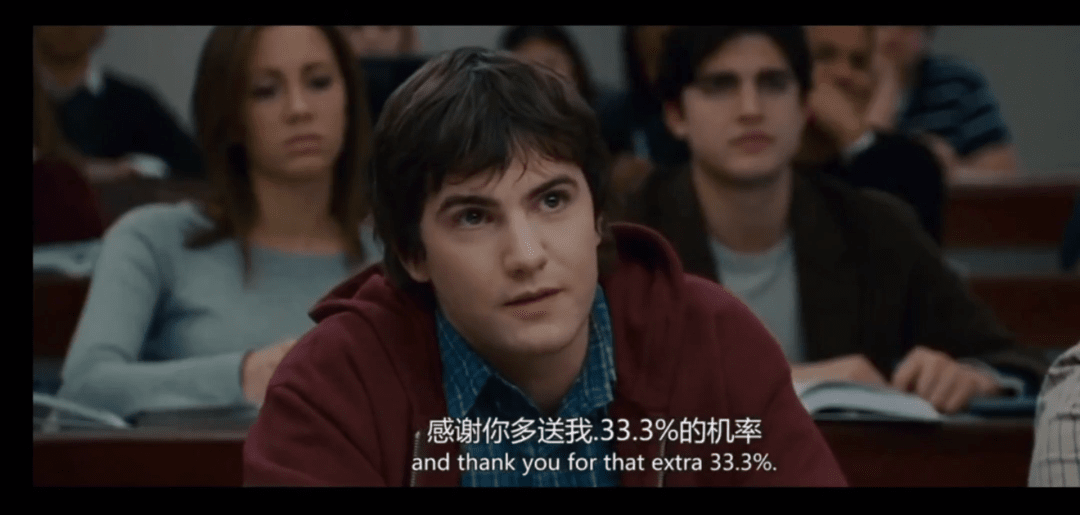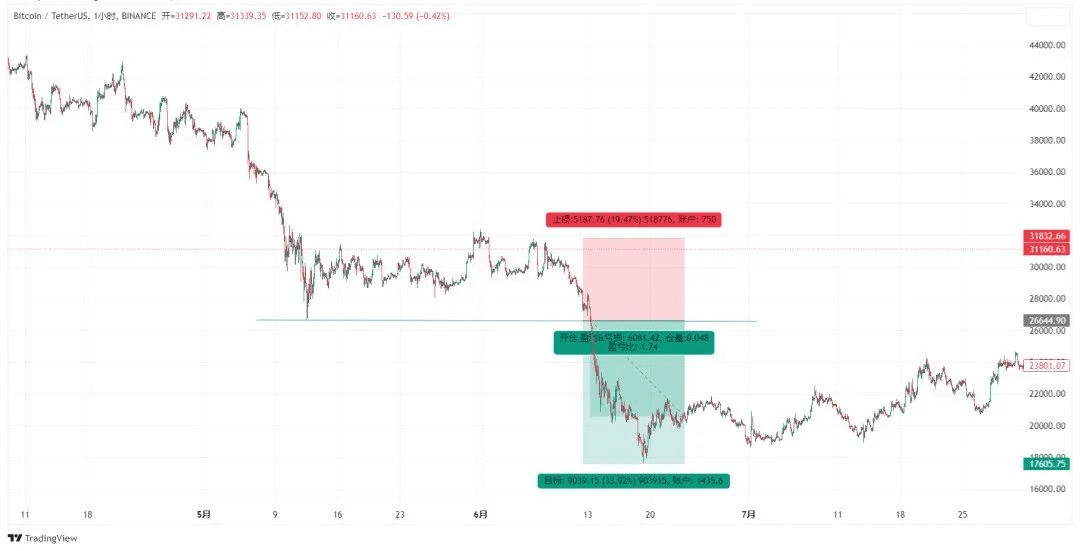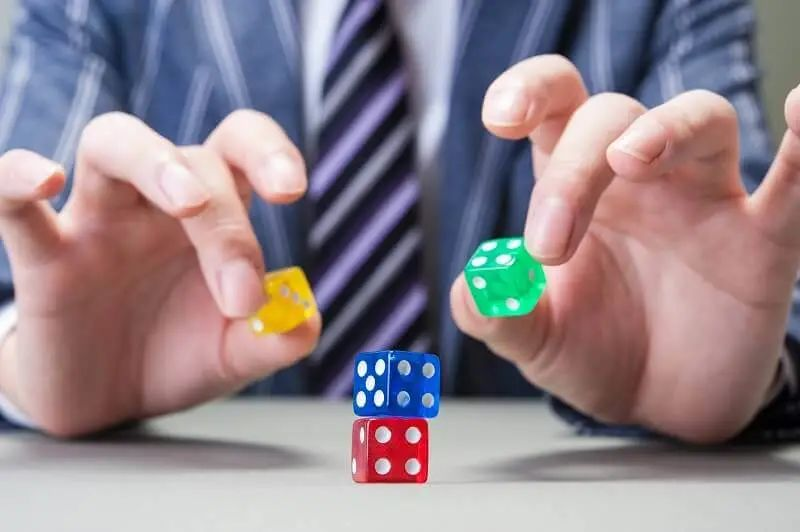Win rate and profit and loss ratio are key indicators that are often heard in trading. In the previous issue, we specifically talked about "Top Trading Thinking - Profit and Loss Ratio Thinking". After reading it, everyone exclaimed "Refreshing Cognition".
In addition to them, there is another important way of thinking: probabilistic thinking, which plays an extremely important role in trading. The probabilistic advantage is to make your profit probability > loss probability through analysis and strategy, so as to obtain stable returns in the long-term trading process.
It is the key factor in successful trading and the mark that distinguishes professional traders from ordinary traders.
So how is its important role reflected?
Let’s first understand the relationship between probability and trading
Trading is an uncertain probability game. No behavior can guarantee 100% success or failure. Traders need to use various analysis methods and technical indicators to improve their judgment and winning rate, that is, the probability of making a profit for each operation.
Now that we understand the relationship between them, let’s talk about: probabilistic thinking and probabilistic advantage
There is a wonderful clip in "21" in which the protagonist uses a game to explain what probability advantage and probabilistic thinking are.
In the clip, the protagonist Ben originally had only a 1/3 chance of choosing a car. After Ben made his choice, the host opened another door and gave Ben another chance to change his choice. Ben accepted the opportunity. He conducted a statistical analysis and concluded that changing his choice could increase the probability of choosing a car by +33.3%. How did he do it?
We re-organize his analysis through graphics and there are three situations.

Ben chooses door ①, and the host opens door ② or ③ at random, so he will not make the right choice if he changes his choice.
Ben chooses door ②, the host will open door ③, but it is impossible to open door ① which has a car. If he changes his choice, he will get the car.
Ben chooses door ③, the host opens door ②, and similarly will not open door ①, so he will also choose the car if he changes his choice.
Judging from the results of the re-election, Ben's probability of choosing a car increased from 1/3 to 2/3. If he did not choose to re-election, then the probability of choosing a car would be 1/3 as we can see. However, he chose the option with a higher probability. After his analysis, he said, "Thank you for giving me an extra 33.3% chance."
This is because after the re-election, the probability increases and the results will change.

In the game, the host gave Ben the opportunity to eliminate a wrong choice and then gave him the opportunity to choose again. Similar to trading, we often need to update price trends and risk-return expectations based on market data and signals, and then adjust trading strategies and positions.
For example, if we see a product price break below an important support level, we can consider this a buy signal and adjust our expectations for the stock's future performance accordingly.
This signal is similar to the host revealing that there is a goat behind one door in the three-door problem, providing us with new information that can update our expectations about the location of the car, thereby changing the initial choice and improving the probability advantage.

When talking about probability advantage, many people may think of winning rate, but they are not the same. We have an article called "Profit and Loss Ratio Thinking" before, which talks about a formula: Profit expectation = (win rate/50%) * profit and loss ratio - 1. The advantage of profit expectation is equivalent to the probability advantage of the system. There is a positive correlation between them. The greater the winning rate, the greater the probability advantage. You can move to that article to read it.
Fund growth is achieved through continuous accumulation. If the car and goat behind the three-door problem are replaced with $1,000 and $100, and two people are asked to make choices using two different ways of thinking, under the same conditions, the person who chooses to make a second choice is more likely to accumulate more funds than the person who chooses intuitively and does not make a second choice.
But in life, many people trust judgments based on intuition. For example, in the three-door game, he chose door ① with a car for the first time and did not change his choice later. He guessed it right and made the right decision based on intuition. He would proudly share this with people around him: You have to believe in your first feeling.
We also often hear "When you have no confidence and don't know what to choose, just stick to the first choice." The premise of this sentence is: "When you have no confidence and don't know what to choose," and it is said to "people who don't understand."

So does that mean intuition is useless?
The answer is no, because we have not experienced long-term training and influence in the trading environment. The judgments we make based on intuition are largely based on guessing, relying on luck, and are very random. Intuition is equivalent to a person's instinctive reaction, which is used to ensure basic survival, such as eating when hungry and drinking water when thirsty.
Probabilistic thinking is acquired through training, and can be used to deal with probability problems, such as calculating the profit and loss ratio, winning rate, profit expectations, entry and exit methods in transactions, etc. It can be used in things that require mathematical logic to solve corresponding mathematical problems.
If the three-door game is repeated enough times, the probability of getting a car by changing the selection will be close to 2/3, and the probability of getting a car without changing the selection will be only 1/3.
If the emergence of a certain condition in a transaction gives you the opportunity to "change your choice", and this "change your choice" opportunity can increase your winning rate by 33.3%, are you willing to change it?
The answer is yes.
But the difficulty lies in how to discover this "re-selection" condition in the transaction, so that our trading success rate can be greatly improved, allowing us to use the probability advantage to become more professional traders?
As the saying goes: Opportunities come to those who are prepared.
This requires us to constantly improve our analytical ability, judgment ability, and trading techniques, so that we can stand on a higher level to discover those "re-election" conditions that increase the probability advantage.
Trading does require luck, but first you have to make yourself professional and look at strategies objectively and rationally rather than randomly and arbitrarily, so that you can break away from the thinking of ordinary retail investors.
If you find it helpful, please like, collect it, and forward it to your friends. You can also follow [Paul High and Low Quant] and grow together on the road of trading!
